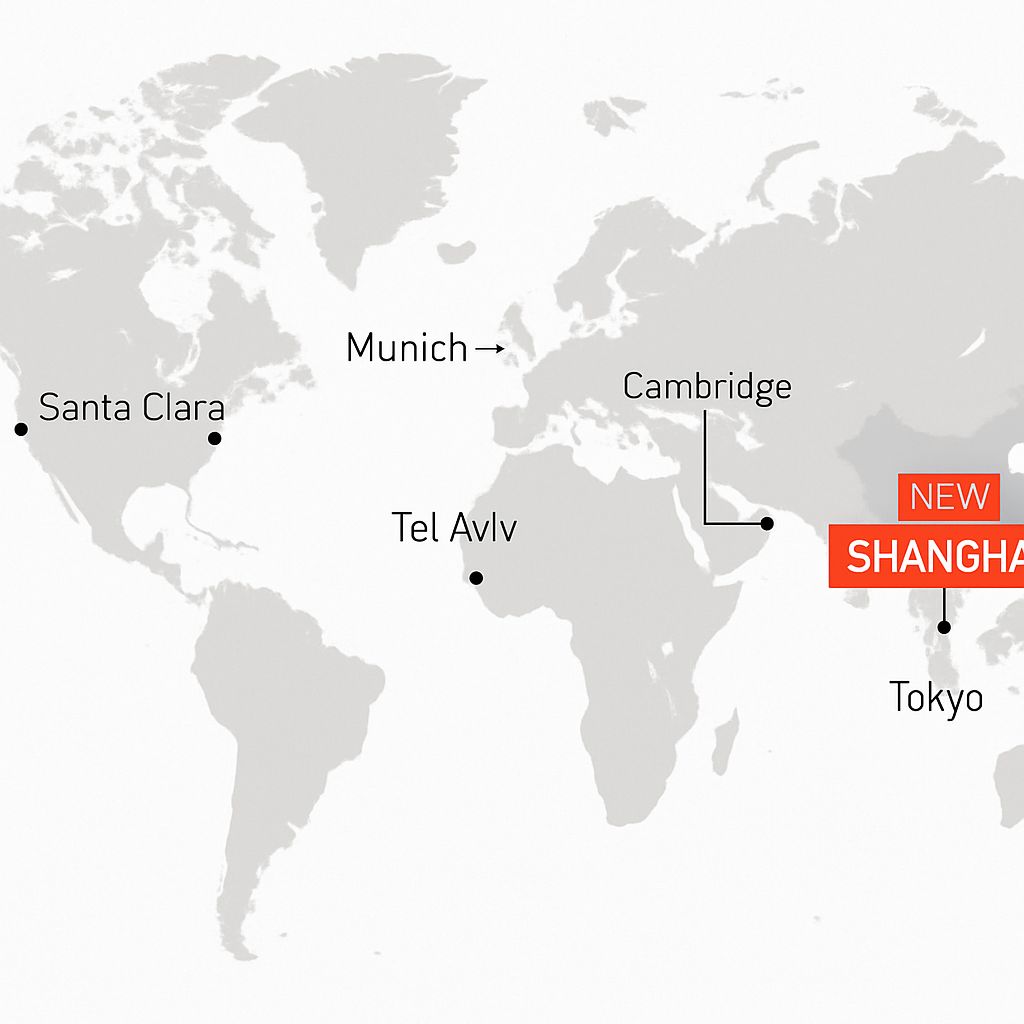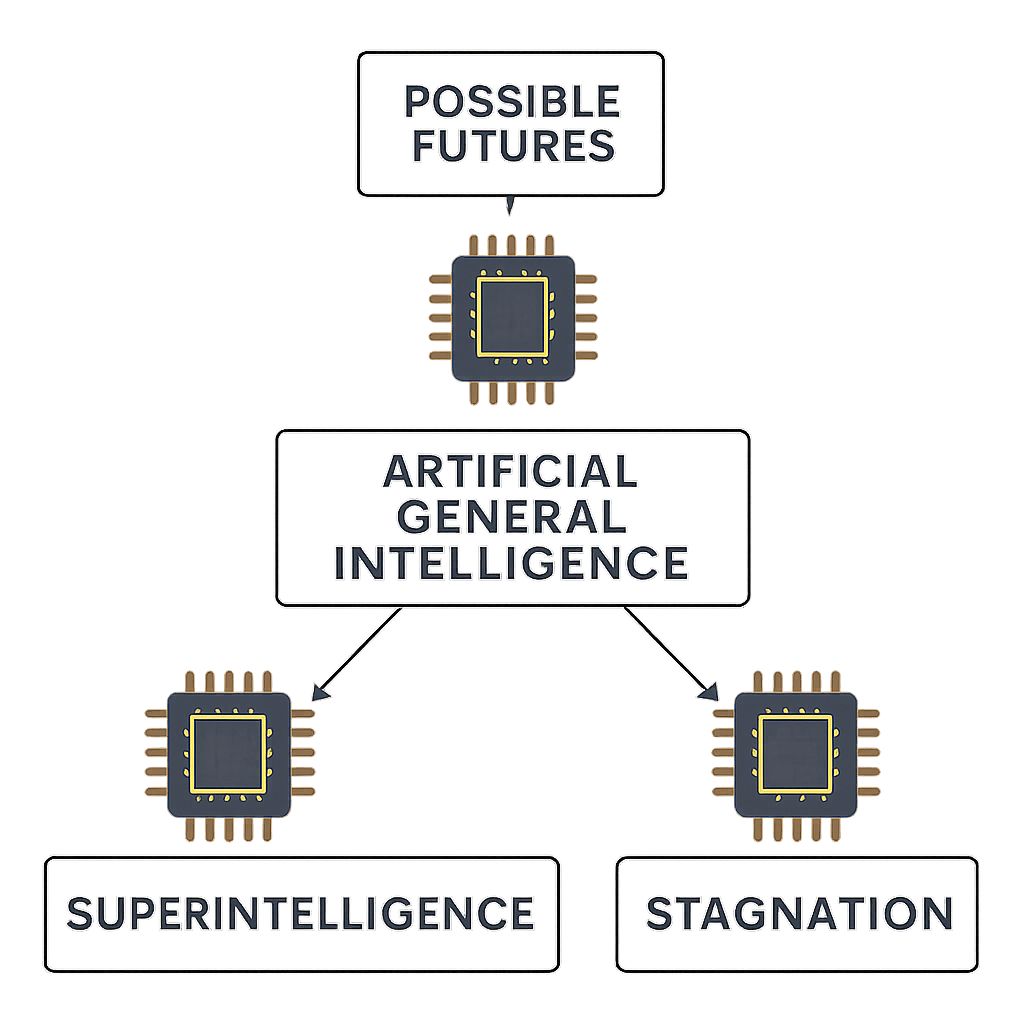Nvidia China R&D Center: Smart Move or Strategic Gamble?📝
👋 Ever looked at a major tech company’s move and thought, “Wait… are they genius or just brave?” That’s exactly how I felt when news broke about Nvidia’s new research & development center in Shanghai — right in the middle of U.S. chip export bans.
🤔 Is this something you’d want to search the entire internet for, analyze it, and separate the truth from the noise?
Well, you don’t have to.
📚 After analyzing everything across the internet and gathering real-world insights, the Bhussan.com team shares this friendly, helpful article that gives you the full picture — no jargon, no spin, just smart, clear storytelling with real value.
Let’s get into it! 👇
Why Is Nvidia Setting Up an R&D Center in China — Now of All Times?
So, here’s the kicker: the U.S. has been tightening chip export restrictions like a vise grip. Nvidia? They’re at the center of it. Chips like the H100 and even their “China-friendly” H20 were hit by these curbs.
And yet… they’re opening a center in Shanghai. What gives?
🚧 U.S. Restrictions Tightened:
-
October 2022: Initial bans on advanced GPU exports
-
Late 2023: Expanded restrictions on “H20,” a custom chip designed for China
-
2025: Estimated $5.5 billion revenue hit for Nvidia due to new bans
🏗️ Why Shanghai?
-
Nvidia needs a way to stay close to Chinese customers without violating U.S. laws
-
China remains one of Nvidia’s top revenue drivers (13% of 2024 earnings!)
-
Shanghai government rolled out the red carpet: tax perks, streamlined licensing, engineering talent
🎯 So What Will This R&D Center Actually Do?
-
Focus on chip testing and verification (no actual chip design)
-
Tailoring existing products for local needs
-
Software and systems optimization
-
Supporting Nvidia’s global teams — not just China

Let’s Talk Strategy — Is This Nvidia’s Masterstroke or a Risky Move?
Okay, real talk. This is not a “safe” move. But in the world of big tech, playing it safe often means getting left behind.
📊 What’s at Stake?
Here’s a quick table to help you visualize the stakes:
| Element | Potential Risk | Potential Benefit |
|---|---|---|
| U.S. Government Reaction | Accusations of backdoor IP transfer | Stay within legal bounds if tightly controlled |
| IP Security | Espionage, data theft | Careful firewalling of design operations |
| Competitor Threat | Huawei, Alibaba, and others are filling the vacuum | Nvidia keeps its seat at the table |
| Investor Confidence | Confusion over long-term strategy | Could be seen as adaptive leadership |
🤷♂️ Would you take that risk? Nvidia thinks it’s worth it.
And honestly? From a strategic standpoint, they might be right.

The Real Reason Nvidia Can’t Afford to Walk Away from China

Look, we could talk about policy and politics all day. But let’s not forget: this is business.
Nvidia is in the middle of an AI boom — and guess what? China’s spending on AI is exploding. According to Jensen Huang himself, China could become a $50 billion AI market over the next decade.
So why walk away from that?
Here’s a reality check:
-
🇨🇳 China has more than 20 AI unicorns — all of them need compute power
-
🧠 Chinese cloud companies and national labs are investing billions in AI infrastructure
-
🧩 The H20 (even if limited) still plays a key role in many Chinese data centers
Imagine you’re running the most powerful AI chip company in the world. Do you really want to leave 1.4 billion people (and trillions of dollars) on the table?
Didn’t think so.
Pros & Cons of Nvidia’s Shanghai R&D Center
Let’s simplify this with a good ol’ pros and cons table:
| Pros 🌟 | Cons ⚠️ |
|---|---|
| Keeps Nvidia in the Chinese game | Legal scrutiny from U.S. authorities |
| Boosts local support services | Geopolitical risk is high |
| Enables real-time customer input | Perception of IP vulnerability |
| Strengthens global R&D footprint | Complex regulatory navigation |
What Happens Next? 🤖 The 3 Big Possibilities

This isn’t just a tech story. This is a global business case study in the making. Here are three future paths we might see:
-
🔄 “Compliant Collaboration” — Nvidia’s R&D center thrives, strictly abides by laws, and China relations stabilize.
-
❌ “Geopolitical Backlash” — Tensions rise; U.S. revokes privileges or demands rollbacks.
-
🧬 “Innovation Detour” — Nvidia uses Shanghai’s findings to build AI products tailored to global needs.
Which outcome would you bet on?
30+ FAQ About Nvidia’s Shanghai Center (Based on Google PAA, Forums & Reddit)
-
Why is Nvidia opening an R&D center in China?
Nvidia is establishing the center to maintain a strong local presence in China despite U.S. export restrictions. It allows them to provide support, collaborate with local partners, and adapt their products to the unique needs of the Chinese market. -
Is Nvidia breaking U.S. export laws?
No. According to Nvidia, the R&D center complies fully with U.S. laws. They are not exporting restricted chip designs or technology beyond the permitted boundaries. -
What does the Shanghai Center actually do?
The center is focused on software development, AI research, and localization of products for Chinese customers. It’s not directly involved in high-end chip design, which is subject to U.S. controls. -
Are they designing chips in China?
No, Nvidia has explicitly stated that no advanced GPU designs will be developed or transferred at the Shanghai R&D center. The focus is on applied research and support. -
Will Chinese engineers access Nvidia’s IP?
Nvidia says they have strict internal controls and access protocols in place. Sensitive IP will remain protected, and only non-restricted technical work will be carried out in Shanghai. -
How much will the R&D center cost?
Nvidia has not disclosed the exact cost, but industry analysts estimate such centers typically involve multi-million-dollar investments, considering staffing, infrastructure, and security compliance. -
When will it open?
Initial operations are expected to begin in late 2025, with full-scale functionality projected in 2026, depending on regulatory approvals and local hiring. -
What is the H20 chip?
The H20 is one of Nvidia’s export-compliant AI chips designed specifically for the Chinese market. It’s less powerful than the H100 but still capable of handling complex AI tasks. -
Why was the H20 restricted?
U.S. regulators found that even limited versions like the H20 could be too powerful under new rules aimed at limiting China’s access to AI technology that could have military applications. -
What’s Jensen Huang’s position on China?
Nvidia’s CEO, Jensen Huang, has maintained that China is a vital market. He supports continued engagement, provided it aligns with U.S. laws, and he emphasizes Nvidia’s role as a global innovator, not a geopolitical tool. -
Will Nvidia lose customers in the U.S.?
Unlikely. The move is seen as a strategic balancing act — preserving Chinese partnerships while staying compliant. Most U.S. customers understand the global nature of Nvidia’s business. -
Could this affect Nvidia’s stock?
Possibly. News of expansion in China may trigger short-term investor concerns, but the long-term impact depends on how successfully Nvidia navigates regulations and continues innovation. -
Will U.S. regulators intervene?
If Nvidia crosses any red lines, yes. But currently, Nvidia appears to be operating within legal frameworks, and the company is likely in communication with U.S. officials to prevent violations. -
What does China think about this move?
China sees this as a positive signal that, despite U.S. sanctions, top-tier companies still value Chinese collaboration. It’s also viewed as a potential knowledge-sharing opportunity. -
Are any other U.S. companies doing this?
Yes. Intel, Apple, Microsoft, and Tesla all have R&D or engineering hubs in China. It’s a common practice among tech giants to stay close to growing markets. -
Will this affect Huawei’s position?
It might increase pressure on domestic players like Huawei to speed up their own chip innovations. However, Huawei is still more focused on telecom and infrastructure than GPU-centric AI computing. -
What role does the Shanghai government play?
Local government likely provided regulatory support, infrastructure, and possibly incentives for Nvidia. Shanghai’s goal is to become a hub for global tech and AI development. -
Are Nvidia chips being used for military purposes?
There’s no public evidence that Nvidia chips are being directly used by foreign militaries. U.S. regulations aim to prevent such misuse, which is why controls on high-end chips exist. -
Is this center legal under U.S. law?
Yes, based on current information. Nvidia has been proactive in aligning with export controls and has repeatedly confirmed that no sensitive designs will be transferred. -
How big is Nvidia’s China revenue?
China accounts for roughly 20–25% of Nvidia’s total revenue. Losing access to this market could significantly impact growth, which is why Nvidia seeks to maintain its foothold. -
Will the R&D center expand in the future?
Possibly. If the center proves successful and regulations remain stable, Nvidia may scale up operations with additional teams or even partner institutions. -
Could Nvidia open centers in other Chinese cities?
Yes, cities like Shenzhen, Beijing, or Chengdu could be future candidates if the company expands its China-specific research efforts. -
Is Nvidia hiring locally in Shanghai?
Yes. Nvidia is recruiting engineers, AI researchers, data scientists, and support staff from China’s rich talent pool of tech professionals. -
What are the security risks?
There are always risks in cross-border R&D, including IP theft or cyber threats. Nvidia has likely implemented multi-layered security measures to manage these risks. -
Will this improve product quality for Chinese users?
Yes. Local R&D allows Nvidia to optimize hardware and software for the Chinese market’s needs, improving user experience and system performance. -
Could Nvidia launch China-only products?
Absolutely. Given the regulatory environment, China-specific chips and software packages are likely to increase, as we’ve already seen with the H20 chip. -
How will this affect competitors like AMD?
It raises the stakes. AMD may respond by boosting its own local partnerships or designing compliant chips to compete with Nvidia’s offerings in China. -
Are there any U.S. political concerns?
Yes. Some policymakers may view this as undermining the intent of export controls. However, as long as Nvidia complies with regulations, there’s little legal ground for pushback. -
What’s the timeline for chip deliveries?
Due to restrictions, timelines are longer than usual. Deliveries of compliant chips like the H20 may still face delays due to additional scrutiny and logistics. -
How is the public reacting to this move?
Reactions are mixed. Some applaud Nvidia’s strategic agility, while others worry it sends the wrong signal amid tech tensions. However, investors and industry insiders largely see it as a calculated, necessary step. -
Will the R&D center impact global innovation?
Yes, it may. By working on localized AI applications and collaborating with China’s vast talent base, Nvidia could spur new innovations that eventually benefit its global ecosystem.
Final Thoughts: Smart Play or Risky Roll of the Dice?
If you’re still reading, you already know this isn’t just about Nvidia. It’s about how tech companies walk the razor’s edge between compliance, growth, and survival.
Will the Shanghai R&D center turn out to be a masterclass in global strategy or a cautionary tale?
⏳ Time will tell.
But one thing’s for sure — Nvidia isn’t just reacting to the future of AI. They’re trying to define it.
📢 What do you think? Is Nvidia playing a risky game, or making a smart strategic pivot? Let’s talk in the comments.

